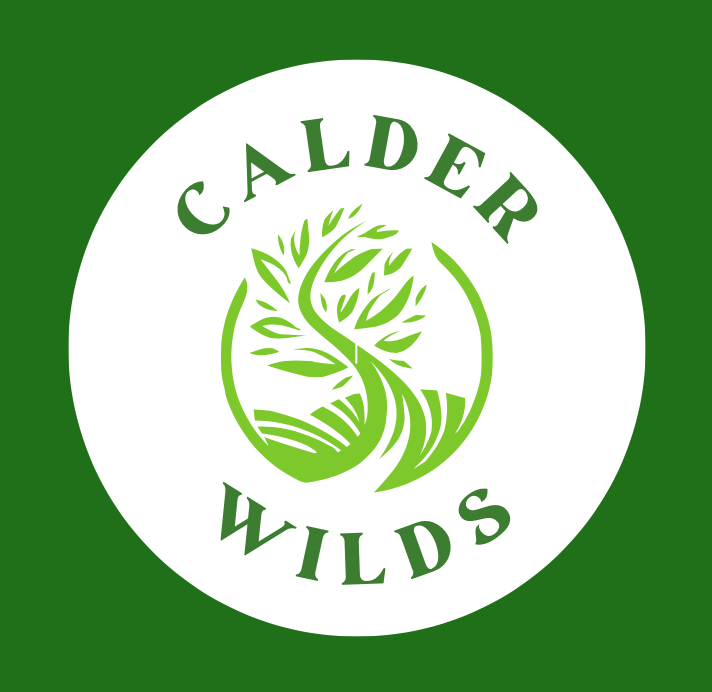Wild Leeks
Allium tricoccum
It’s springtime and that means it’s time to go foraging for wild leeks again! Also known as ramps, wood leeks or wild garlic this potent tasting and strong smelling plant grows wild here in the woods of Pennsylvania, as well as up and down the East coast of Canada and the States and in most of Western Europe. You can eat the whole plant, bulb and all, but it is best harvested in late April/early May before the small white flowers appear. Their strong garlicky odour is unmistakable and gives you an idea of what the flavour will be. It prefers to grow in moist, rich soil and last year we harvested them for the first time on the flood plains of a small stream about 20 minutes drive from us. This year we discovered an even bigger patch on the opposite side of the same stream so we’ll have more than we need for years to come! We do have a small patch growing here on the property but as yet it doesn't yield enough for what we need.
For sustainability we harvest less than a quarter of each patch we come across and leave the rest to regenerate for the next year, and also leave enough for other foragers to collect. Up until recently we had mostly dug up the whole plant, bulb and all, but it is such a time-consuming task cleaning them up that the last time we went out I just ended up snipping off one or two leaves per plant and filled my bag up super quick that way. Then, when we got home it was just a matter of rinsing them and they were ready to eat or freeze. When we dig up the whole plant with the bulb still attached each individual plant needs to be washed, the roots cut off and a sticky, gelatinous membrane that covers the bulb stripped off. When you collect a couple of bags of ramps, this can easily take a couple of hours so I am a total convert to just taking the leaves! Unless you plan to pickle the bulbs the leaves work just fine in most recipes anyway as they have just as much flavour as the bulbs.
Wild leeks are fairly easy to identify and once you are familiar with them there’s no mistaking them. The potent, garlicky smell is of course an easy giveaway, but if, like me, you are not gifted with a sense smell then just look for the tell-tale bunches of long-leaved plants growing on the forest floor. The leaves are tapered at the top and bottom and can grow up to about 40cm long. When you dig them up you can further identify them by their white bulbs, smaller at the start of the season but much more pronounced when they are more mature in early May. They sometimes, but not always, have a red/purplish colour to them on the stalk between the bulb and the leaf. Each bulb sprouts about 2-3 leaves and they grow in patches, sometimes so large that they cover the forest floor.
We do love the idea of being able to harvest these wild leeks on our own property so this year we dug up a few plants and transplanted them to several areas that we thought they would do well in. Hopefully they will thrive and we will have our own sustainable patch right here!
So what do we do with all these wild leeks? Last year we tried various recipes including French onion soup, pickled wild leek bulbs, wild leek and potato soup and wild leek pesto. The French onion soup did rather unfortunate things to our stomachs and we didn’t quite nail the pickles the first time around but we will definitely be making many more batches of the pesto, which we eat daily mixed with mayonnaise and spread on sandwiches. It also works great as a dip. The leek and potato soup was also a winner, deliciously creamy, spicy and nourishing. This year we also made leek butter which tastes super amazing added to mashed potatoes, substituting for the garlic to make “leek” bread and for frying a couple of eggs in. You can also use the wild leeks in any recipe as a substitute for garlic and they are a tasty addition to curries, stir fries and on top of pizza. We have included a few of our favourite recipes below:












